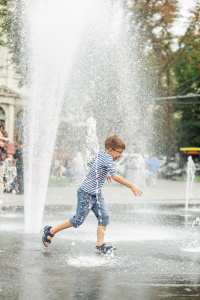
Modern-day athletes are well aware of the importance of proper hydration. But those who are involved in an activity for two hours or more on a given day have specific concerns that must be addressed.
Dr. Mark Cucuzzella, a family-medicine physician from West Virginia, says, “It should not come as a surprise that the right balance of electrolytes is essential for hydration. This is foundational to hydration and rehydration in the medical field.”
An improper intake of fluids and electrolytes could lead to fatigue, disorientation, and cramping. An often-overlooked complication is the effect this imbalance has on the skin and nails of distance runners.
John Vonhof, author of Fixing Your Feet, says, “Long periods of physical exercise cause stress to the extremities as fluid accumulates in the hands and feet. Fingers and toes often swell when they retain fluid because of low blood sodium (hyponatremia). This causes foot problems as the soft, waterlogged tissues become vulnerable to the rubbing and pounding as we continue to run.” The results are hot spots, blisters, and hematomas to the toenails, which can lead to pain and loss of the nails.
Medical professionals no longer preach that runners should drink at every water station but rather only when thirsty. There are algorithms as to what to take in prior to and during a race. I caution all my patients to remember that these are only guidelines, and to remember that we are all an experiment of one.
Athletes should do their own due diligence and experiment throughout their training so that come race day, they are in control of their own body. The one caveat to this is that hydration is dynamic and can change due to effort, temperature, and humidity.
